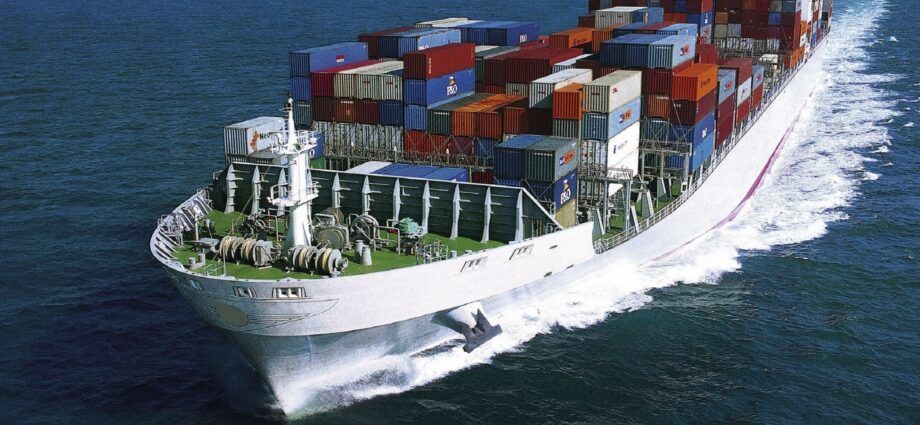More than two decades after selling off Safmarine to Maersk, South Africa is setting its sights on a return to the global container shipping market—this time with a state-backed national carrier.
Transport Minister Barbara Creecy announced on Monday, June 2, that the government is working with the Development Bank of South Africa (DBSA) to create a new South African National Shipping Company. The goal? To revive the country’s presence in ocean freight and better support its trade ambitions.
“The department is collaborating with the DBSA for the establishment of this SA National Shipping Company model that will enable South Africa to carry its own import and export trade,” said the Department of Transport in a statement.
For decades, South Africa has lacked a domestic container carrier—an absence that has weakened its ability to shape and secure its global trade flows. The country’s share of maritime trade has declined steadily since the 1980s, partly due to its reliance on foreign-owned shipping lines.
The idea of re-establishing a national shipping operator is not new. It first surfaced in a 2017 draft maritime policy, and was later formalized in a 2022 proposal for a state-linked shipping company, tentatively named SA Shipping Company (Sasco).
Now, that vision appears to be gaining real momentum.
According to maritime analytics firm Alphaliner, South Africa’s transport ministry has invited private shipping companies to join a steering committee tasked with designing the model for the potential new national carrier.
The initiative could involve either acquiring an existing shipping line or purchasing container vessels to build up domestic capacity. The focus is on securing tonnage that supports both general cargo and South Africa’s key exports—including perishable goods that require strong reefer (refrigerated) capabilities.
Veterans of South African shipping will recall Safmarine’s “Big Whites”—a fleet of 2,500 TEU container vessels known for their robust reefer capacity (1,100 TEU) tailored to regional trade. A future fleet could mirror that focus, aligning with South Africa’s agricultural and manufacturing export needs.
Rebuilding a national container shipping presence won’t be easy in today’s competitive market, but for Pretoria, the payoff could be significant: greater control over trade logistics, reduced freight vulnerability, and a stronger hand in international commerce.




